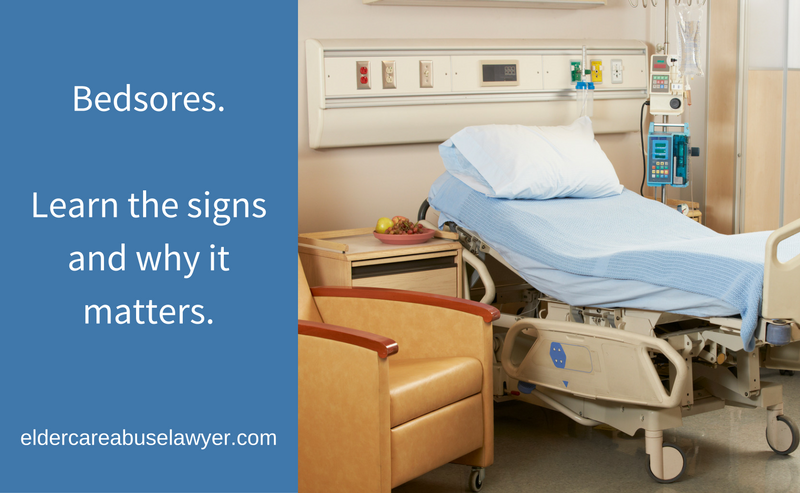
Bedsores affect approximately 2.5 million patients annually. The condition occurs most often in seniors, but it also affects younger adults with limited mobility. Bedsores are sometimes called pressure ulcers because they develop when pressure limits blood flow to the skin. Ulcers are typically found in places where the bones and joints force the skin against a solid surface, such as a mattress or wheelchair. Bedsores are classified as a form of nursing home abuse or neglect because they can be prevented with adequate patient care.
Preventing Pressure Ulcers
Preventing bedsores is easier than treating existing ulcers. Regularly repositioning patients and using orthopedic pressure-relieving cushions are the easiest ways to avoid problems. Ideally, patients should be moved every one to two hours. Anyone who is confined to a wheelchair should shift their weight every 15 minutes.
According to the Agency for Healthcare Research and Quality, the skin does not receive the same attention as other organs. In its handbook on preventing pressure ulcers, the agency recommends that nurses check the skin whenever they are bathing, cleaning or moving patients. These integrated strategies are suggested for preventing bedsores.
- Completing comprehensive skin checkups
- Performing standardized risk assessments
- Minimizing patient risk categories
Patients who have limited mobility are at risk for developing pressure sores. These ulcers are extremely painful, and they can lead to a number of complications, including infection and necrosis. Studies show that approximately 60,000 patients die each year as a direct result of pressure ulcers. The risk of complications is higher among patients who have diabetes, weakened immune systems and health conditions that affect healing. Diet and nutrition also play a role. In some cases, surgery is required to remove dead tissue.
Detecting Bedsores
Bedsores can develop and worsen quickly, so it’s important to familiarize yourself with the warning signs. Discoloration that doesn’t subside is an important red flag. These general symptoms become more severe as the condition advances.
- At Stage I, the skin isn’t broken, but it is often red, irritated and painful.
- At Stage II, skin damage expands. The wound may resemble a ruptured blister.
- At Stage III, crater-shaped wounds affect multiple layers of skin. Dead tissue is visible.
- At Stage IV, bedsores extend down to reveal the bones, muscles or tendons.
- Bedsores cannot be categorized if there is dead tissue, but the depth of the ulcer is unknown.
Stage I and II ulcers generally heal within a several months, but advanced cases are more difficult to treat. Depending on whether the patient is confined to a bed or a wheelchair, bedsores may occur in the following locations.
- Back of the head
- Edge of the ears
- Shoulder blades
- Spine
- Tailbone
- Hips
- Ankles
- Heels
If a friend, family member or loved one has developed bedsores, your health care provider could be responsible. Contact our office to discuss your situation with an attorney who has extensive experience handling nursing home neglect cases.
